Thursday, 27. February 2025
It is not an easy task to take over the role as a CEO from the founder of a well-established company. You step into very large footprints. You need to win the trust of people who have been in the business for 25+ years, older and maybe more experienced than yourself.
And then you try to turn the tanker into a new direction, finding a way to make room for your own ideas and vision.
I am currently accompanying a client on this journey.
Step 1: Get you leadership team on board
You cannot do it on your own, you need a committed and capable leadership team to support you. This was the first insight. But there were a lot of issues:
- Some of them were still grieving about the loss of the old CEO.
- Some were sceptical, if the new - and quite young- CEO would be able to really understand the company.
- They were afraid he would disrupt the culture, which they liked and had helped to shape.
- The majority were afraid that the new CEO’s growth perspective for the company would be overwhelming, and they were not able to keep up.
So trust was really an issue.
We had a two-day offside in a nice location. We invited all the fears and concerns into the room. We talked about values and essential characteristics of the company. Had people tell their stories, their personal experiences, across generations. And they engaged with a very high degree of openness and vulnerability.
Until they were ready to explore what the future might hold.
They listened to what the new CEO had in mind, and assessed it against the newly agreed values. They built the vision for 2032 together, with these colourful little building blocks, and discussed possible consequences for every department of the company. And developed a roadmap for the near future together.
Step 2: Follow up and secure implementation
…and they were happy ever after? Certainly not. Even after a clear commitment people are still stuck in old behaviour. You don’t just flip a switch. And that holds true not only for the leadership team, but as well for the new CEO, who, with his overboarding energy, tends to forget that people need time.
We’re now meeting up regularly, to reflect and to find solutions for acute and upcoming problems. Because at the top of the hierarchy, the air is thin. „Bad Bosses Ruin Lives“* was a book title that jumped to my eyes recently, and that is true. But nobody plans to be a bad boss, and still sometimes you are. Which is saying that the room for reflection is super important. And one of the best thing you can offer, as a mentor, is the „as if“ space: a safe space where you can think the unthinkable, try out stuff, get it wrong. Before you take it out on your team.
*by Debra & Ken Corey


